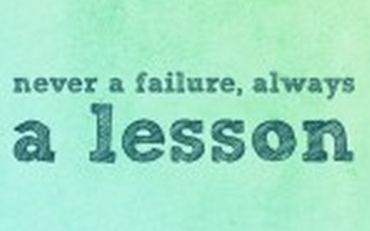Tag: observe and reflect

You Should Know the Keys to Your Learning Lessons
Clay Shirky once said: The change we are in the middle of isn’t minor and it isn’t optional. As Clay describes the digital internet age, it is far from minor and not optional. Right on the mark isn’t it? This description is particularly relevant to the need for continuous learning lessons. Check out our thoughts on team…
Learning to Learn Creativity
What is your choice for the top learning issues of the day? Learning to learn creativity is one of our choices. Taught in schools? We have not found many that teach it. We were very surprised by this finding. Tomorrow’s illiterate will not be the man who can’t read: he will be the man who…

7 Imaginative Secrets of Creative Learning We Must Support
What is your choice for the top learning issues of the day? Secrets of creative learning are one of our choices. Taught in schools? We have not found many that teach it. We were very surprised by this finding. Tomorrow’s illiterate will not be the man who can’t read: he will be the man who…